“Crazy people. My biggest fear would have to be crazy people,” my friend commented as we sat on the stairs outside our high school one afternoon. Our conversation had drifted from topic to topic—from “Sexy Mike,” her latest upperclassman crush, to our dance teacher’s awful new haircut, and, eventually, to our biggest fears in life. I swallowed the lump in my throat, hoping she had a good explanation. Back then my biggest fear was people finding out that I was “crazy.”
Eliminating the stigma around mental illness is a hot topic at Boston College and at universities across the country. Student organizations continue hosting events to promote mental health discussion, and my college-age Facebook friends regularly share Buzzfeed articles about how mental illness is treated differently than physical illness, or cartoons that “perfectly illustrate what it’s like to live with depression.” There is certainly a movement to destigmatize mental illness and normalize the discussion of mental health. And I don’t doubt that this movement has had profound effects, including allowing many people to vocalize their struggles, fostering a greater understanding of mental illness, and making it easier for people to recognize symptoms in friends or in themselves and reach out for help.
It is fantastic that our generation is slowly recognizing mental illness as a medical issue, and as an acceptable discussion topic. But I have noticed that, in the move to remove the stigma around and promote awareness of mental illness, attention tends to focus on disorders like anxiety and depression. When I was a freshman at BC, I attended the UGBC event BC Ignites, where a keynote speaker and BC students spoke about their first and secondhand experiences with mental illness. Again and again, I heard speakers reference “mental health disorders like depression and anxiety.” Another event that comes to mind is UGBC’s What I Be Project from last year, in which photographer Steve Rosenfield photographed students with their insecurities written on different body parts in Sharpie. Searching through the 80 photos, I found just a single image that referenced a mental health disorder other than depression or anxiety. Although this campaign was not solely focused on mental health awareness, and it is important to normalize the discussion of our own self-doubts, I wish I had seen more diversity in terms of mental illness.
At age 16, a few months before the stoop-side conversation with my friend, I was diagnosed with bipolar disorder. In addition to depression, I had experienced periods of mania, an elevated, agitated state, during which I spoke more quickly, went on runs in the middle of the night, and periodically lashed out aggressively at my friends, family, and even strangers. After a series of increasingly dangerous episodes involving theft, drugs, law enforcement, and a lot of deception, my mother forced me to get help. My mental state does not excuse my behavior, but it is a good example of how mental illness can influence people to manipulate and compulsively hurt those they love. This is the side of mental illness that is still heavily stigmatized and discussed so infrequently.
I have concluded that people feel more comfortable discussing depression and anxiety disorders because, for someone who has never suffered from a mental health disorder, these illnesses are comparatively relatable. Everyone has felt sad or nervous at some point in their lives. Not everyone understands what it is like to hear voices or act impulsively and irrationally, driven by paranoia and boundless energy. That would be crazy.
Believe it or not, you probably know someone who suffers from bipolar disorder, schizophrenia, OCD, or borderline personality disorder. These illnesses don’t exclusively afflict homeless people who scream at passing cars, or the residents of horror movie insane asylums. And while people are beginning to understand that the behaviors resulting from mental illness are not dictated by choice, not all are perceived equally. I see compassion when someone struggles with depression or anxiety, but the empathy vanishes when people start acting “crazy.”
Let’s say I am feeling ill and I can’t come to class. Which email to my professor would be met with more compassion? “Hi professor, I am feeling depressed. I spent the entire day crying in bed” or “Hi professor, I am feeling manic. I spent the entire day carving cryptic messages into bathroom stalls and believing my roommates were conspiring to murder me?” I know from experience that one statement would incite sympathy, while the other would cause scorn and fear.
Part of this double standard comes from a misunderstanding and oversimplification of illnesses like bipolar disorder, schizophrenia, OCD, or borderline personality disorder. It could also be that fewer people suffer from these illnesses than from anxiety or depression. But I believe one of the most significant causes of this disconnect is that people with the “crazy” illnesses are not as vocal about their struggles due to fear of stigmatization and differential treatment. Even I am worried what will happen if my future employer ever stumbles upon this column.
In removing the stigma around mental illness, we need to emphasize that all disorders deserve the same compassion and recognition. The next time a BC organization holds a mental health event, I would like to see illnesses beyond anxiety and depression represented. The next time you talk about someone’s “psycho ex-girlfriend,” think about the people at BC who have suffered from psychosis. Think about me the next time you use the term “bipolar” to describe someone who is moody or indecisive. Maybe if we all stopped to educate ourselves and sought to understand the numerous and varied kinds of mental illness, I wouldn’t have to be afraid of being labeled “crazy.”
Featured Image by Meg Dolan / Heights Staff

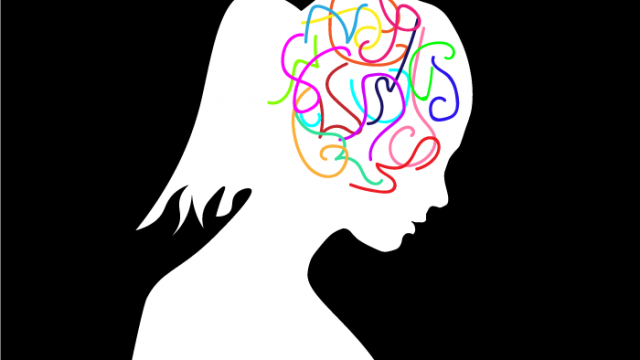

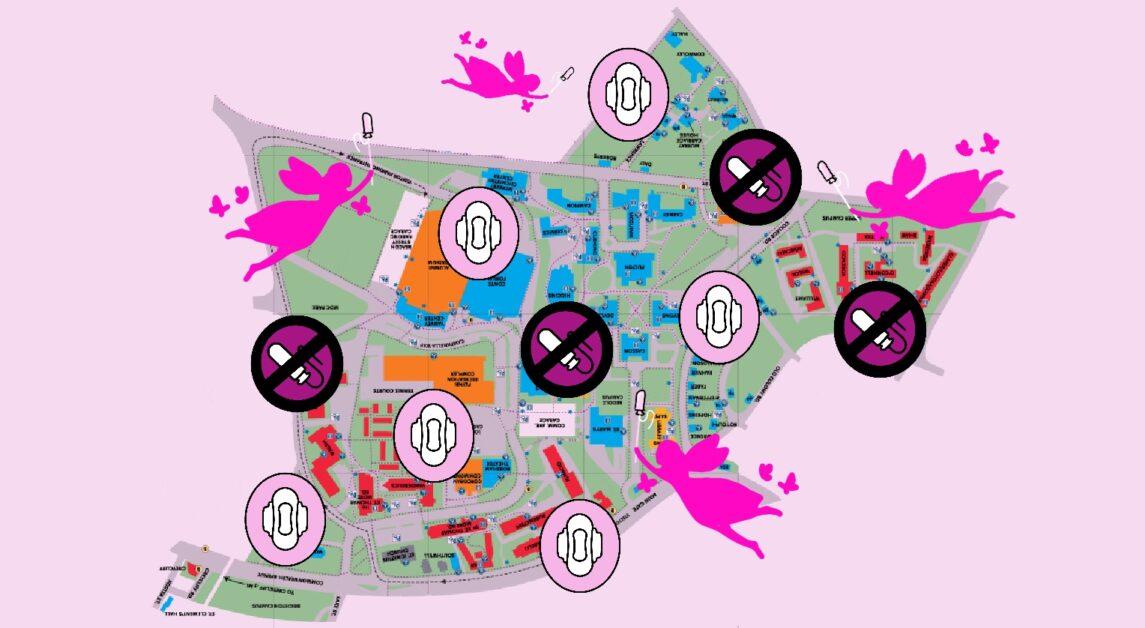
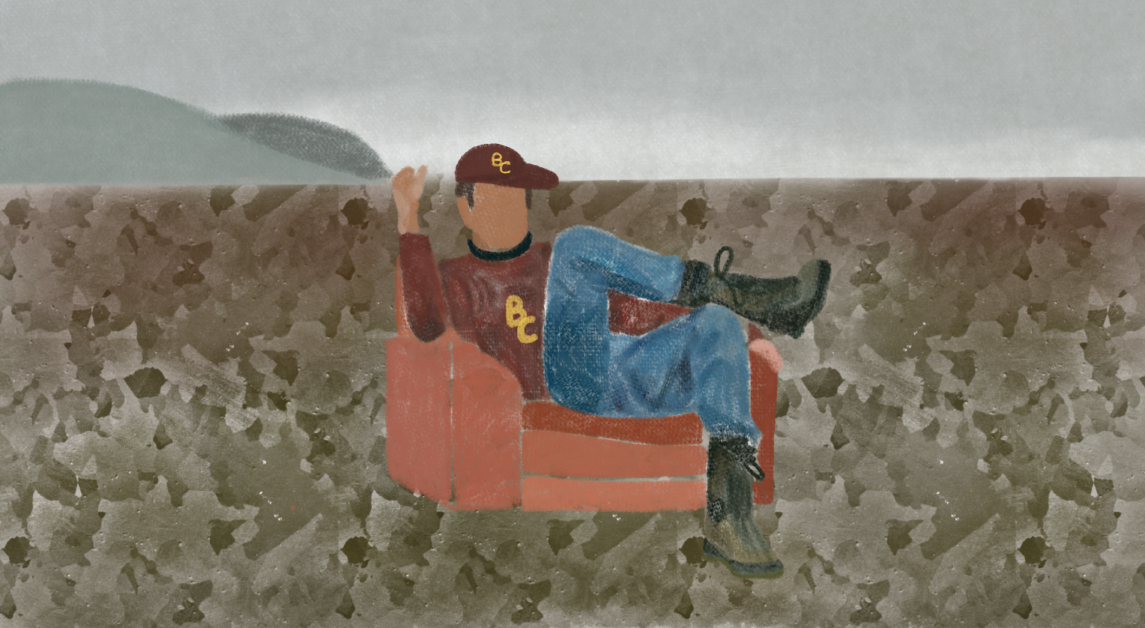

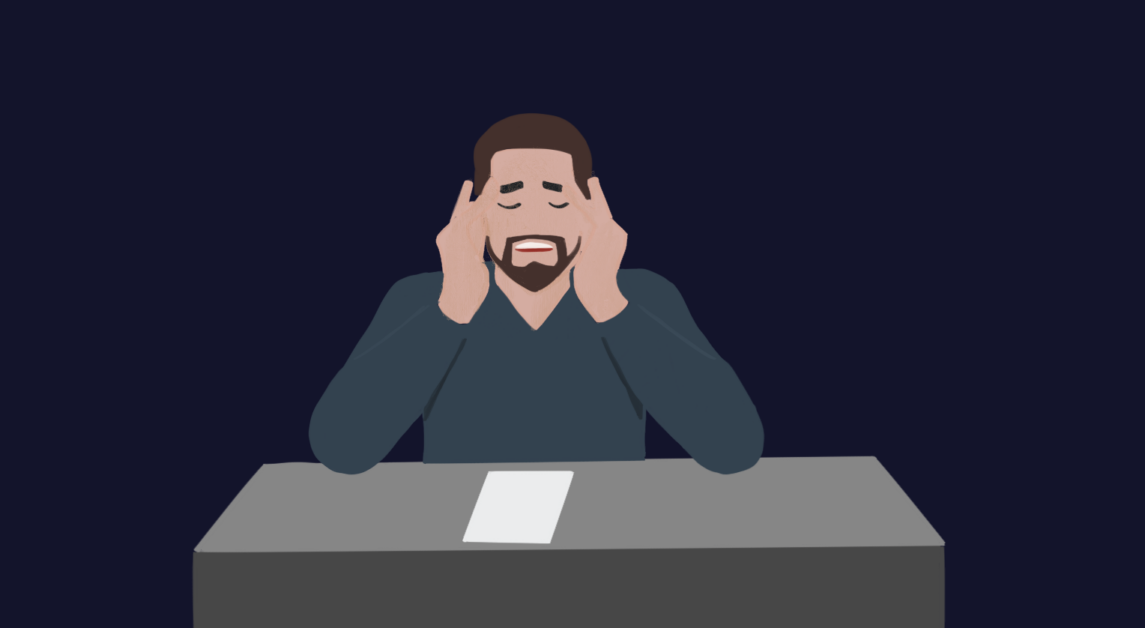
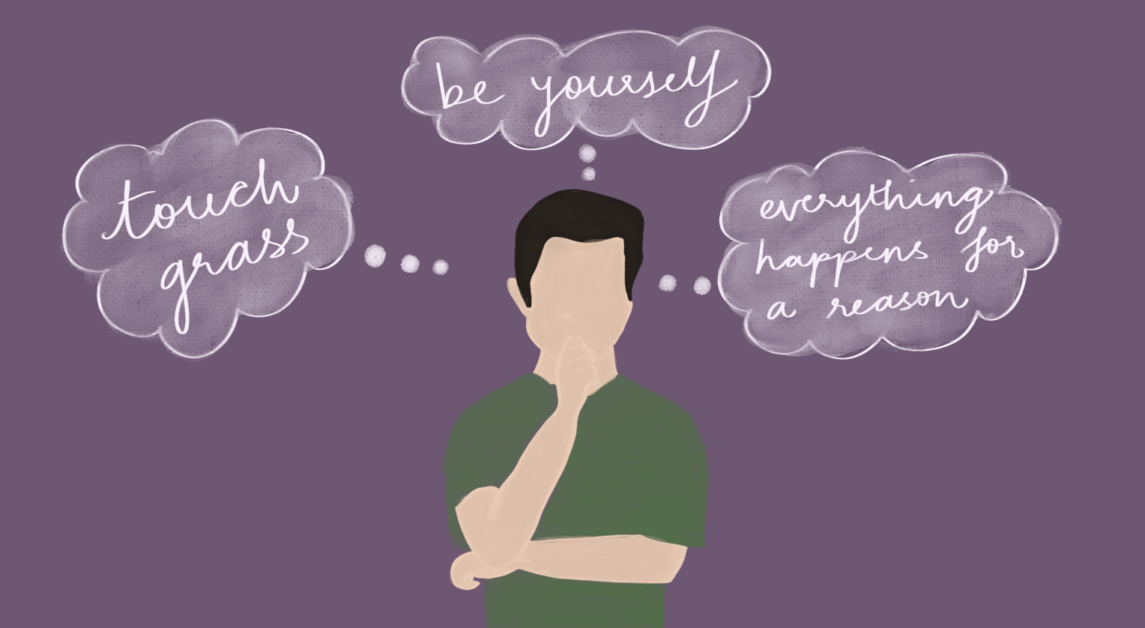
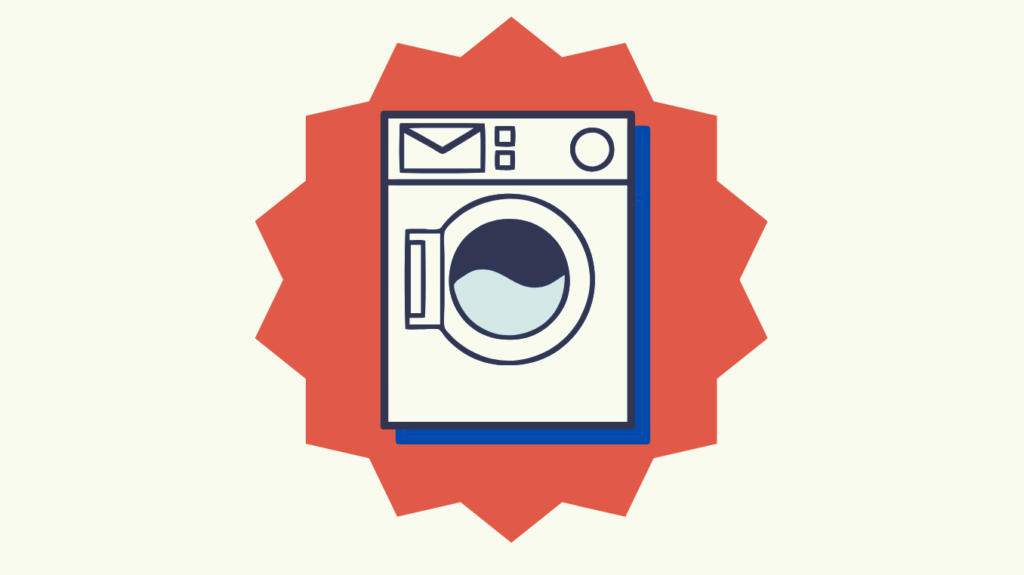
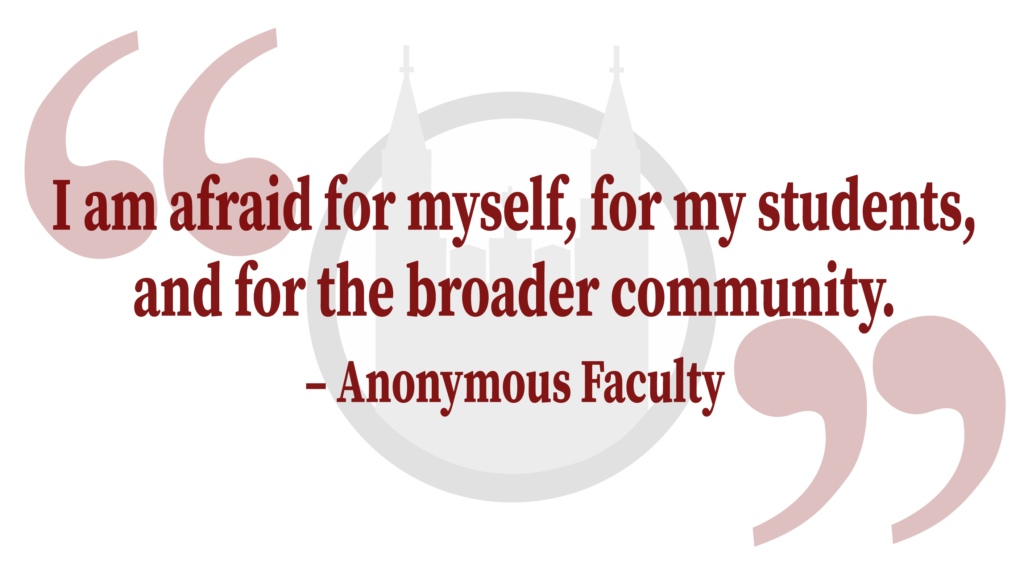




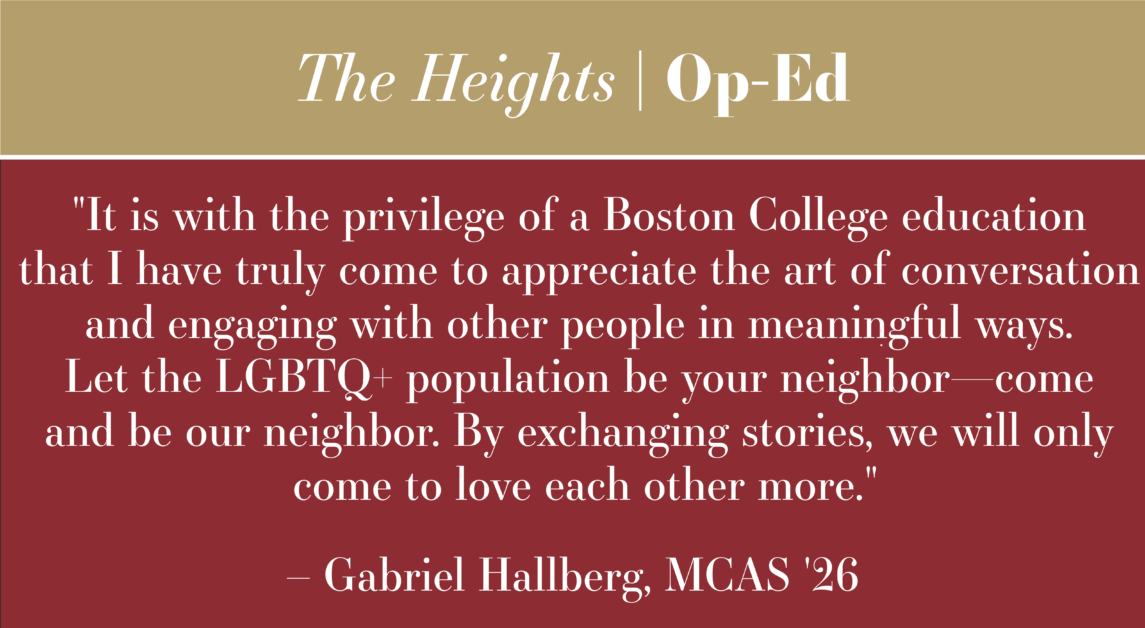

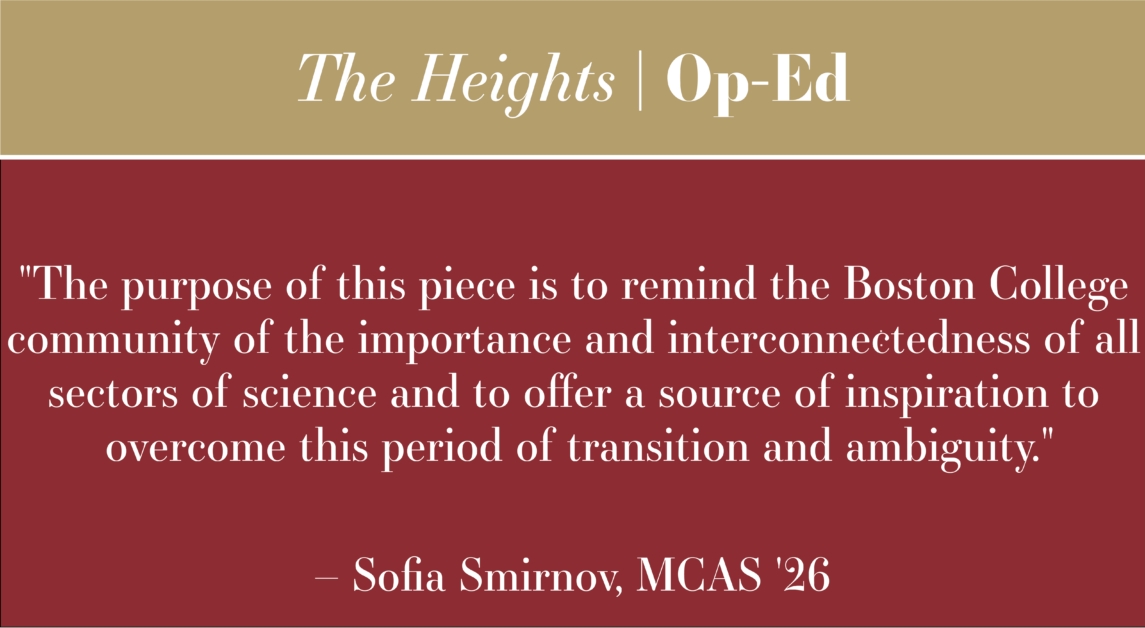
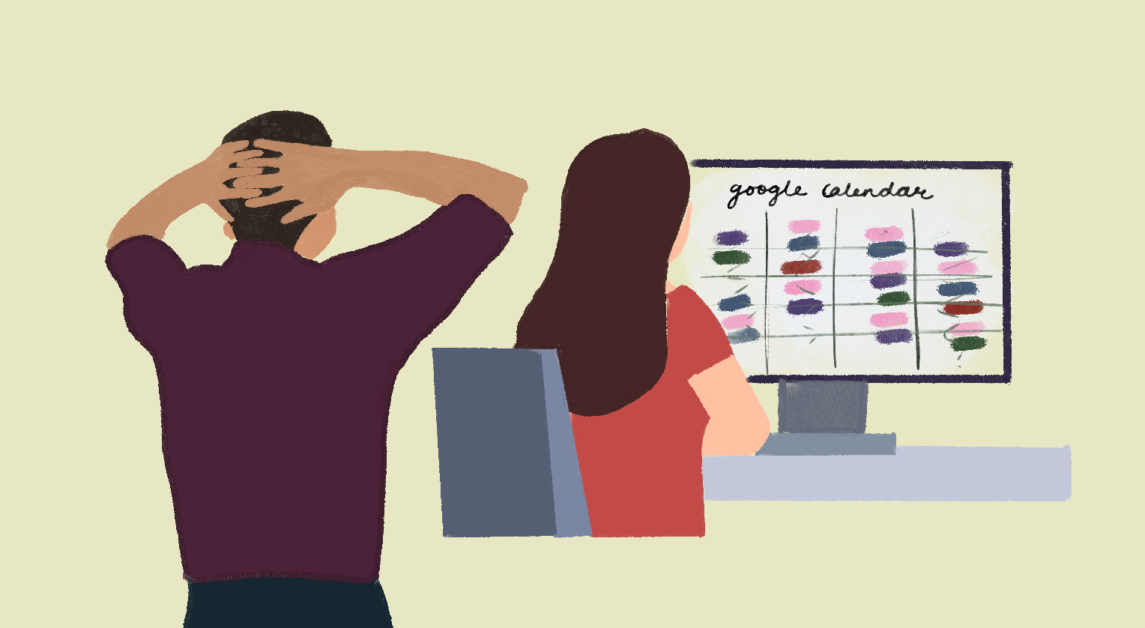
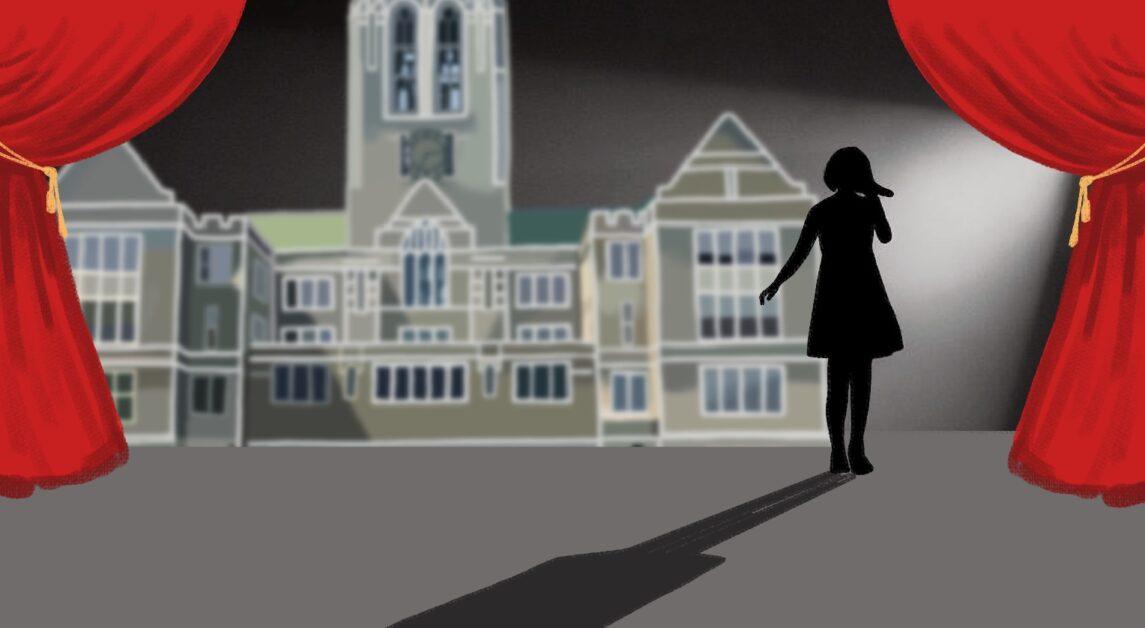

Amy • Jan 27, 2017 at 9:42 pm
Homeless people who scream at passing cars if they are licky enough to have healthcare intervention and assessment are often found to have traumatic brain injury. This is particularly true if domestic assault victims. Far too often it is assumed they have a mental illness and after years of bad medicine end up homeless and abandoned. I hope Brown University teaches you not to jump to conclusions and to take action that is helpful. Always ask yourself: how do you know what you know? also when i was your age, there were tons of articles about stigma re: rape. Feminists pointed out it was putting an additional burden on women and directing a prejudice upon them. So notice, no one puts that out into the zeitgeist and women no longer assume the attending shame. No one with a mental illness would have started an anti-stigma campaign. That was done by people who are possessing discriminatory attitudes still. Do not listen to them.
HaroldAMaio • Jan 26, 2017 at 10:30 am
—-Eliminating the stigma around mental illness is a hot topic at Boston College ???
You seem to miss the point:
Educating people who say there is one is the real issue, not joining them in the assertion. Who taught you to say there is one did you harm, in repeating them you do that same harm to others.